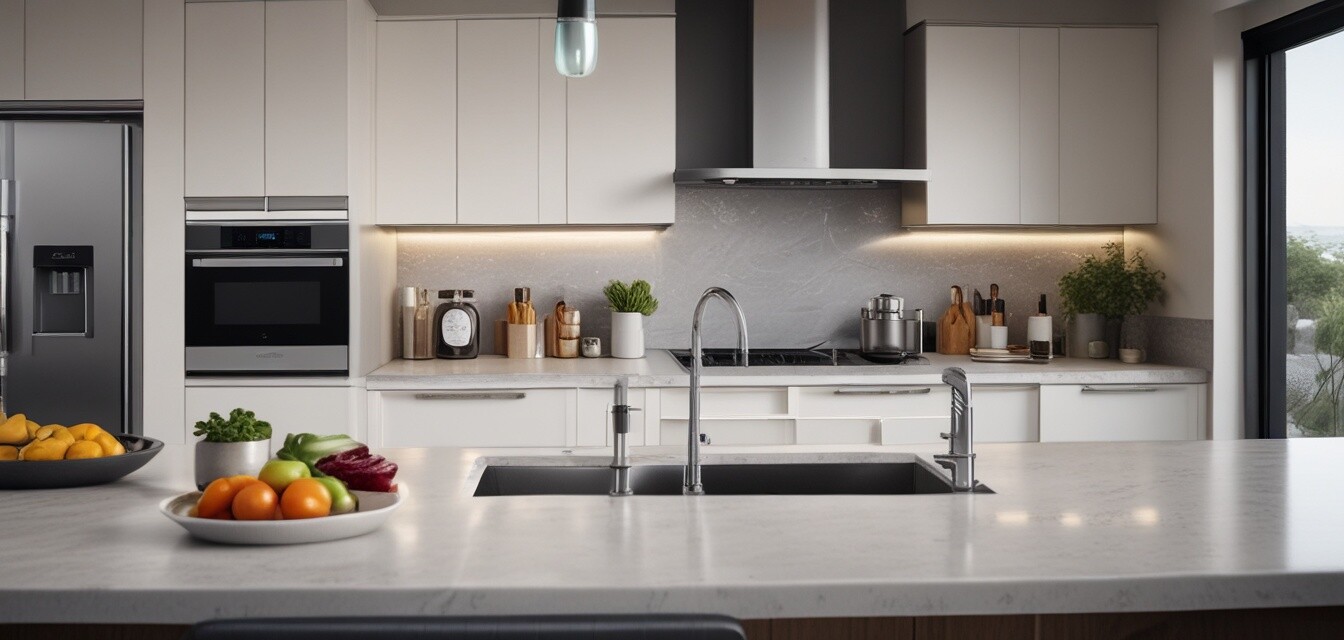
Exploring the Impact of Smart Technology on Food Trends
Key Takeaways
- Smart technology enhances convenience in cooking and meal preparation.
- Healthier eating is promoted through the use of smart kitchen appliances.
- Innovative food presentations are becoming more accessible with smart tools.
- Integrating smart devices into kitchens can streamline cooking processes.
- Staying informed about high-tech kitchen trends can lead to better purchasing decisions.
The culinary world is continuously evolving, and smart technology is now at the forefront of this transformation. From kitchen gadgets that synchronize with your smartphones to advanced cooking appliances that utilize AI, this article will explore how these innovations are shaping food trends. We will analyze healthier eating habits encouraged by smart technology, the rise of convenience cooking, and the impact on food presentations.
The rise of convenience cooking
Gone are the days when cooking required painstaking preparation and constant attention. Smart technology is streamlining the cooking process, allowing for more efficient meal preparation. Here are some key features driving this trend:
| Smart Kitchen Feature | Description |
|---|---|
| Smart ovens | Preheats quickly and adjusts cooking times automatically based on the recipe. |
| Voice-activated devices | Allows for hands-free operation, making it easier to multitask. |
| Wi-Fi enabled appliances | Allows remote access and control from smartphones, so meals can be managed from anywhere. |
This convenience not only saves time but also enhances flexibility during meal preparation. For families with busy schedules, the capability to prepare meals remotely has made the smart kitchen a lifesaver. For more insights on energy-saving features, check our Buying Guides.
Healthier eating habits
Smart technology is also influencing food choices by promoting healthier eating habits. Kitchen appliances with integrated nutritional data can guide users toward better meal options. Here’s how:
- Meal planning apps: Help users create balanced meal plans that emphasize nutrition.
- Smart scales: Provide precise measurements, ensuring portion control.
- Recipe apps: Offer healthy recipe suggestions based on dietary preferences.
As more people adopt smart kitchen gadgets, the focus on healthy eating continues to grow. This transformation aligns with a global trend of increasing health consciousness. For trends in sustainable kitchen appliances, explore our section on Energy-Efficient Appliances.
Innovative food presentations
Presentation plays a critical role in dining experiences, and smart technology is making it easier to impress guests with aesthetically pleasing meals. Smart tools and gadgets allow for creativity and precision in plating. Examples include:
| Tool | Benefit |
|---|---|
| Smart sous vide machines | Cook food evenly for better texture and presentation. |
| Digital thermometers | Ensure perfect doneness, crucial for impressive presentations. |
| Smart blenders | Create smooth purees and unique sauces for garnishing. |
With these tools, home cooks can elevate their meals, making them visually appealing without requiring professional culinary training. For tips on advancing your culinary techniques, visit our Smart Kitchen Tips page.
Conclusion
The integration of smart technology in the kitchen is not just a trend; it marks a fundamental shift in how we approach food preparation, consumption, and appreciation. With conveniences that enhance cooking efficiency, tools that encourage healthier eating, and devices that aid in creating stunning food presentations, smart technology has profoundly impacted culinary trends.
As the smart kitchen movement continues to evolve, staying informed will help consumers make educated decisions about which technology will benefit their culinary experiences. Embrace the future of cooking, and see how smart technology can revolutionize your time in the kitchen.
Pros
- Enhances cooking efficiency and convenience.
- Encourages healthier eating habits.
- Supports creative food presentation.
- Allows remote management of cooking processes.
Cons
- Initial investment costs may be high.
- Reliance on technology can lead to skills atrophy.
- Compatibility issues between different smart devices.